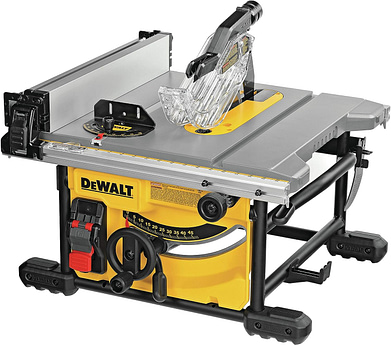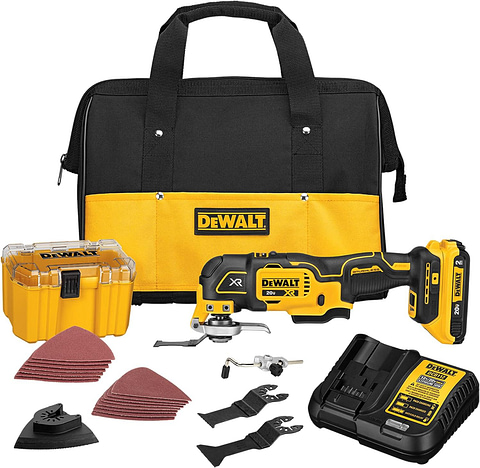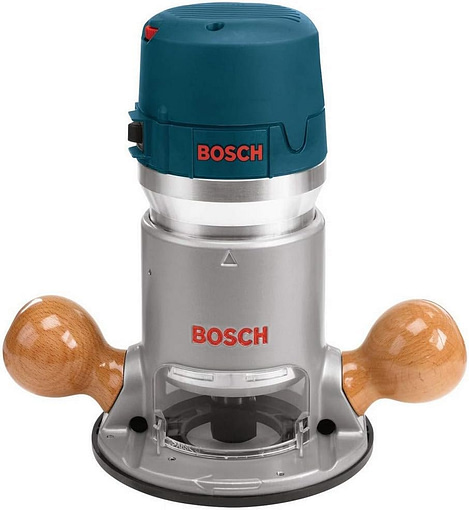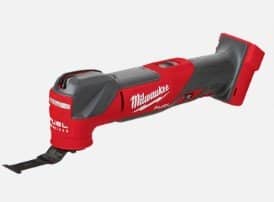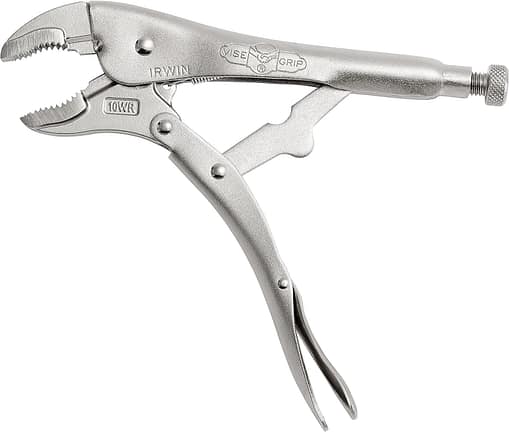Are you ready to tackle your next woodworking project but unsure which saws to use? In this article, we will explore the essential woodworking saws that you truly need. From the versatile reciprocating saw to the ubiquitous circular saw, we will demystify their functionalities, helping you choose the right tools for your woodworking endeavors. But first, let’s start with the reciprocating saw. Have you ever wondered what this handy tool does? Stay tuned to find out!
1. Introduction
Woodworking is a timeless craft that allows you to create beautiful and functional pieces from wood. Whether you’re a beginner or an experienced woodworker, having the right tools is essential to achieve the best results. One of the most important tools in woodworking is the saw. There are various types of saws available, each designed for specific purposes. In this article, we will explore the different types of woodworking saws and help you understand which ones are essential for your projects.
2. Types of Woodworking Saws
2.1 Hand Saws
Hand saws are the most basic and traditional type of woodworking saws. They are versatile and come in various shapes and sizes, each designed for specific cutting tasks. With a hand saw, you have full control over the cutting process, allowing for more intricate and precise cuts. Hand saws are commonly used for crosscuts, rip cuts, and shaping wood.
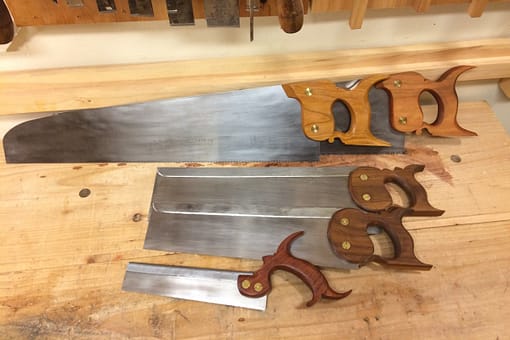
2.2 Circular Saws
Circular saws are power tools that use a round blade with sharp teeth to cut through wood. They are ideal for making straight cuts quickly and efficiently. Circular saws can be handheld or mounted on a table or a track system for greater accuracy. They are commonly used for cutting large boards, plywood, and sheet goods.
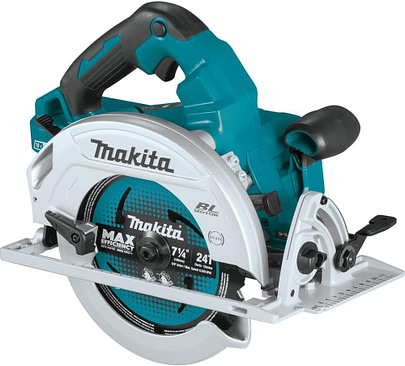
2.3 Table Saws
Table saws are stationary machines with a spinning circular blade protruding from a table surface. They are the backbone of any woodworking shop and are highly versatile and powerful. Table saws excel at making straight cuts, rip cuts, and crosscuts. They are commonly used for cutting large pieces of wood and for making repetitive cuts with precision and ease.
2.4 Miter Saws
Miter saws, also known as chop saws, are designed to make precise angle cuts in wood. They feature a circular blade that can rotate and tilt, allowing for accurate cuts at various angles. Miter saws are commonly used for cutting moldings, trim, and other materials that require precise miter and bevel cuts.
2.5 Jigsaws
Jigsaws are versatile handheld power tools that use a reciprocating blade to cut intricate shapes and curves in wood. They are highly maneuverable and allow for greater control when making curved cuts. Jigsaws are commonly used for cutting out patterns, curves, and intricate designs in woodworking projects.
2.6 Band Saws
Band saws consist of a continuous band of sharp teethed metal that rotates on two wheels. They are versatile machines that excel at making irregular and curved cuts. Band saws are commonly used for resawing, cutting thicker materials, and creating intricate curved shapes in wood.
2.7 Scroll Saws
Scroll saws are similar to band saws but are smaller and have a reciprocating blade that moves up and down. They are designed for intricate and detailed cuts, making them ideal for woodworking projects that require precision and fine details. Scroll saws are commonly used for making jigsaw puzzles, decorative ornaments, and other intricate designs.
2.8 Reciprocating Saws
Reciprocating saws, also known as sabre saws, feature a powerful motor that moves a blade back and forth in a rapid motion. They are ideal for making rough cuts, demolition work, and cutting through different materials, including wood. Reciprocating saws are commonly used in construction projects and for cutting branches or tree limbs.
2.9 Coping Saws
Coping saws have a thin blade stretched across a C-shaped metal frame. They are designed for making intricate cuts, particularly in moldings and curved designs. Coping saws are commonly used for cutting internal shapes, such as notches, inside corners, and intricate curves.
2.10 Japanese Pull Saws
Japanese pull saws have a unique design with a thin, flexible blade that cuts on the pull stroke. They are excellent for making precise rip cuts, crosscuts, and joinery cuts. Japanese pull saws are commonly used in fine woodworking projects that require accuracy and a clean finish.
3. Factors to Consider
When selecting woodworking saws for your projects, there are several factors to consider. Let’s take a look at what these factors are.
3.1 Project Requirements
The type of woodworking saw you choose should align with the requirements of your projects. Consider the types of cuts you need to make, whether it’s straight cuts, angled cuts, curves, or intricate designs. Different saws excel at different cutting tasks, so knowing the specific requirements of your project will help you make the right choice.
3.2 Budget
Woodworking saws range in price, from budget-friendly options to high-end professional-grade tools. It’s important to establish a budget and find the best saws within your price range. Remember that investing in quality tools can greatly improve your woodworking experience and the quality of your finished projects.
3.3 Workspace Limitations
Consider the available space in your woodworking workshop or garage. Some saws, such as table saws and band saws, require a significant amount of space. If you have limited space, you may need to opt for smaller, more compact saws that can still meet your project requirements.
4. Essential Saws for Beginners
If you’re new to woodworking, it’s important to start with a few essential saws that will cover a wide range of cutting tasks. These saws are beginner-friendly and versatile, making them ideal for learning and practicing woodworking skills.
4.1 Hand Saws
Hand saws are essential tools for beginners as they provide a hands-on approach to woodworking. Start with a crosscut saw and a rip cut saw, which will cover basic cutting tasks. As you gain more experience, you can expand your collection of hand saws to include specialty saws for specific purposes.
4.2 Circular Saws
Circular saws are another must-have for beginners. They are versatile, easy to use, and can make straight cuts quickly. Look for a circular saw with adjustable cutting depth and angle settings to accommodate a variety of woodworking projects.
4.3 Jigsaws
Jigsaws are highly versatile and allow for intricate cutting tasks. They are perfect for beginners who want to experiment with making curves, bevel cuts, and intricate designs. Look for a jigsaw with adjustable speed settings and orbital motion to enhance cutting efficiency.
5. Intermediate Level Saws
Once you have a good grasp on the basics, you can start expanding your collection with more specialized saws that cater to intermediate level woodworking projects.
5.1 Table Saws
Table saws are essential for intermediate level woodworkers who need to make precise and repetitive cuts. They offer greater stability and accuracy compared to handheld saws, making them a valuable addition to any workshop. Look for a table saw with a sturdy fence system, adjustable blade angle, and a powerful motor for efficient cutting.
5.2 Miter Saws
Miter saws are excellent for making precise crosscuts, miter cuts, and bevel cuts. They are commonly used for cutting moldings, trim, and other materials that require precise angle cuts. Look for a miter saw with a sliding feature and adjustable bevel range to expand your cutting capabilities.
5.3 Band Saws
Band saws are versatile machines that excel at making irregular and curved cuts. They are ideal for resawing, cutting thicker materials, and creating intricate curved shapes. Look for a band saw with a wide throat capacity and a robust motor for optimal performance.
5.4 Scroll Saws
Scroll saws are a step up from jigsaws in terms of precision and cutting capability. They are specifically designed for intricate and detailed cuts, making them ideal for woodworking projects that require fine details. Look for a scroll saw with variable speed control and a tiltable table for greater versatility.
6. Advanced Level Saws
As you gain more woodworking experience and take on complex projects, advanced level saws will become essential for achieving professional-level results.
6.1 Coping Saws
Coping saws are indispensable for advanced woodworkers who need to make precise internal cuts, such as notches and intricate curves. They allow for great control and accuracy, making them a valuable addition to any workshop.
6.2 Japanese Pull Saws
Japanese pull saws are known for their exceptional cutting ability and clean finish. They are perfect for advanced woodworkers who need to make precise joinery cuts, including dovetails, tenons, and other intricate joinery work. Look for a Japanese pull saw with a replaceable blade to ensure longevity and versatility.
6.3 Reciprocating Saws
Reciprocating saws are powerful tools that excel at rough cutting and demolition work. They are ideal for advanced woodworkers who need to make quick and efficient cuts through various materials. Look for a reciprocating saw with adjustable speed settings and a robust motor to tackle tough cutting tasks.
7. Specialty Saws
In addition to the essential and intermediate level saws, there are specialty saws that cater to specific woodworking needs.
7.1 Dovetail Saws
Dovetail saws are specifically designed for making precise dovetail joints, which are commonly used in furniture and cabinetry. They have a fine-toothed blade and a narrow profile, allowing for accurate and clean cuts in tight spaces.
7.2 Tenon Saws
Tenon saws are designed for cutting tenons, a type of joint commonly used in furniture making. They have a rigid spine that prevents blade flex, allowing for accurate and straight cuts. Tenon saws are indispensable for advanced woodworkers working on challenging joinery projects.
7.3 Back Saws
Back saws are small hand saws with a reinforced back edge, making them ideal for making precise and controlled cuts. They are commonly used for fine woodworking, including joinery, box making, and cabinetry. Back saws come in various tooth configurations, allowing for different cutting tasks.
8. Frequently Asked Questions
8.1 What is a reciprocating saw used for?
Reciprocating saws are used for making rough cuts and demolition work. They are highly versatile and can cut through various materials, including wood, metal, and plastic. They are commonly used in construction, renovation projects, and for cutting tree limbs. See more here
8.2 Can a circular saw replace a table saw?
While circular saws can handle many similar cutting tasks as table saws, they cannot completely replace the functionality of a table saw. Table saws offer greater stability, accuracy, and the ability to make precise and repetitive cuts. However, if you have limited space or budget constraints, a circular saw can be a versatile alternative. See more here
8.3 How do I choose the right saw for my project?
When choosing a saw for your woodworking project, consider the specific cutting tasks you need to accomplish. Evaluate the type of cuts, angles, and intricacy needed for your project. Additionally, take into account your budget and the available workspace. Research different saw options, read reviews, and consult with experienced woodworkers if needed, to make an informed decision.
9. Conclusion
Woodworking saws are an essential part of any woodworker’s toolkit. From beginner to advanced level, there are various types of saws available to suit specific project requirements. Hand saws, circular saws, jigsaws, table saws, miter saws, and band saws are among the key saws that every woodworker should consider. As you progress in your woodworking journey, adding specialized saws, such as coping saws or Japanese pull saws, will further enhance your capabilities. Remember to consider factors like project requirements, budget, and workspace limitations when selecting the right saw for your needs. With the right saws in your arsenal, you can tackle any woodworking project with confidence and achieve professional-level results. Happy woodworking!

